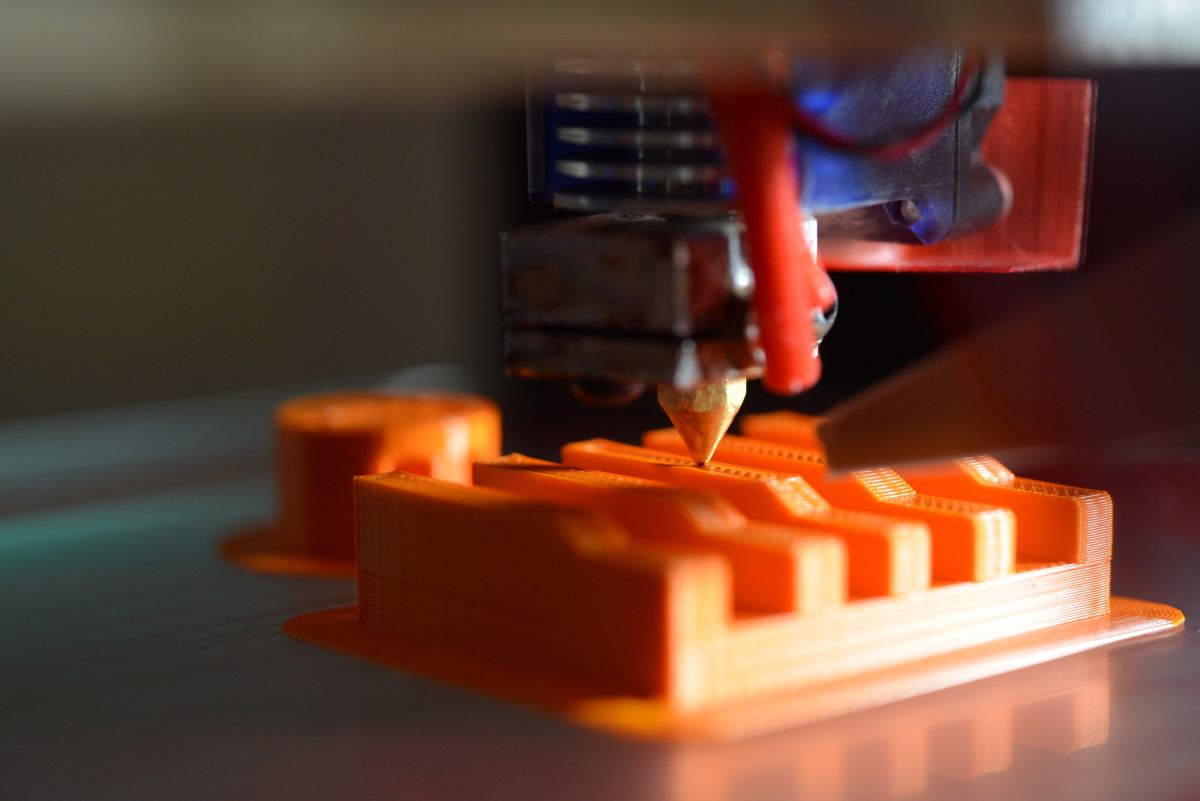ARTICLE SUMMARY:
In acquiring LimaCorporate, Enovis is also gaining access to the Italian firm’s small but high-profile 3D printing collaboration with the Hospital for Special Surgery, where Lima has set up a manufacturing facility in a most unlikely setting on the Upper East Side of Manhattan. The partners are designing custom implants for some of the most complex orthopedics surgeries—and HSS VP Doug Leach thinks it can be replicated.
LimaCorporate’s manufacturing expertise in 3D printing is a potential upside for Enovis, the US-based company that is buying it as part of an aggressive rollup strategy in orthopedics recon surgery. State of the art facilities in and about Lima’s Italian headquarters offer highly automated, cost-efficient 3D-printing and engineering expertise that enable the large-scale design and manufacturing of more tailored and anatomically aligned devices and as a result, improve performance and patient outcomes.
| Look for our feature story on Enovis in December’s MedTech Strategist. |
3D printing designs allow for highly complex orthopedic implant designs, with better shapes, such as lattice structures that allow for more bony ingrowth because they have more surface area and designs that enhance revisions. While the large orthopedics players all engage in 3D printing, Lima’s head start, proprietary technologies and internal engineering expertise put it in a leadership position.
A seven-year-old partnership with the Hospital for Special Surgery (HSS) in New York City got underway precisely because of Lima’s expertise in 3D printing, says Doug Leach, VP, device innovation at HSS. Over the years, it has grown in scope and resulted in the launch of several new implants, co-developed by HSS and Lima. While much of the technology involved in additive manufacturing is openly available, the experience and expertise of its engineers and operators using that technology sets Lima apart, resulting in better solutions, he adds.
By far most orthopedics cases rely on off-the-shelf implants, which are extremely successful, but because it has a long history of specialization and excellence in its field, HSS is often the hospital of choice for very complex, critical revision cases that require customized solutions. This population of patients, though only a small percentage of overall orthopedic patients, is expanding as procedure volumes grow, so patients are returning with issues in increasingly larger numbers, Leach points out.
The partnership is distinguished by Lima’s additive manufacturing facility, located, improbably, on the crowded Upper Eastside of New York City, on HSS’ main campus. The close proximity of a small, highly specialized additive manufacturing shop to HSS ensures that the design of implants is in line with clinical applications, Leach continues. Because they are one-offs and do not benefit from economies of scale, these cases can be very expensive, but additive manufacturing can defray some costs because design iterations are digitized.
The facility, which opened in 2021, houses a few 3D printers, which are the size of several combined large household refrigerators, with capacity to grow. The existing plant can produce several hundred implants a year, although the actual numbers are lower due to the staff’s time constraints. The implant is partially finished once it comes out of the 3D printer; however, the facility is equipped to take on numerous secondary machining and inspection operations to complete the design. Each implant is then sent off site for sterilization and packaging, which can take several weeks, depending on the device complexity.
That said, both parties are still in a learning phase of working onsite at a major hospital in a large urban area. It is too early to say if the collaboration results in implants that are cost effective, but expenses are moving in the right direction, Leach says. HSS pays for the implants, the way it would for any implant, but reimbursement beyond existing codes is still uncertain. These implants tend to be more expensive than off-the-shelf solutions and undergo a lengthy process to ensure they fit correctly. But there is an opportunity to do more custom implants beyond the tough, most complex revision cases.
While the output is low volume, the collaboration has contributed to Lima’s image as a 3D print innovator and will enhance Europe-focused Lima’s visibility among US surgeons who might not have thought of it otherwise and has the potential to be a door opener for Enovis’ broader portfolio. Moreover, there is potential for this kind of partnership to work in other healthcare systems.
